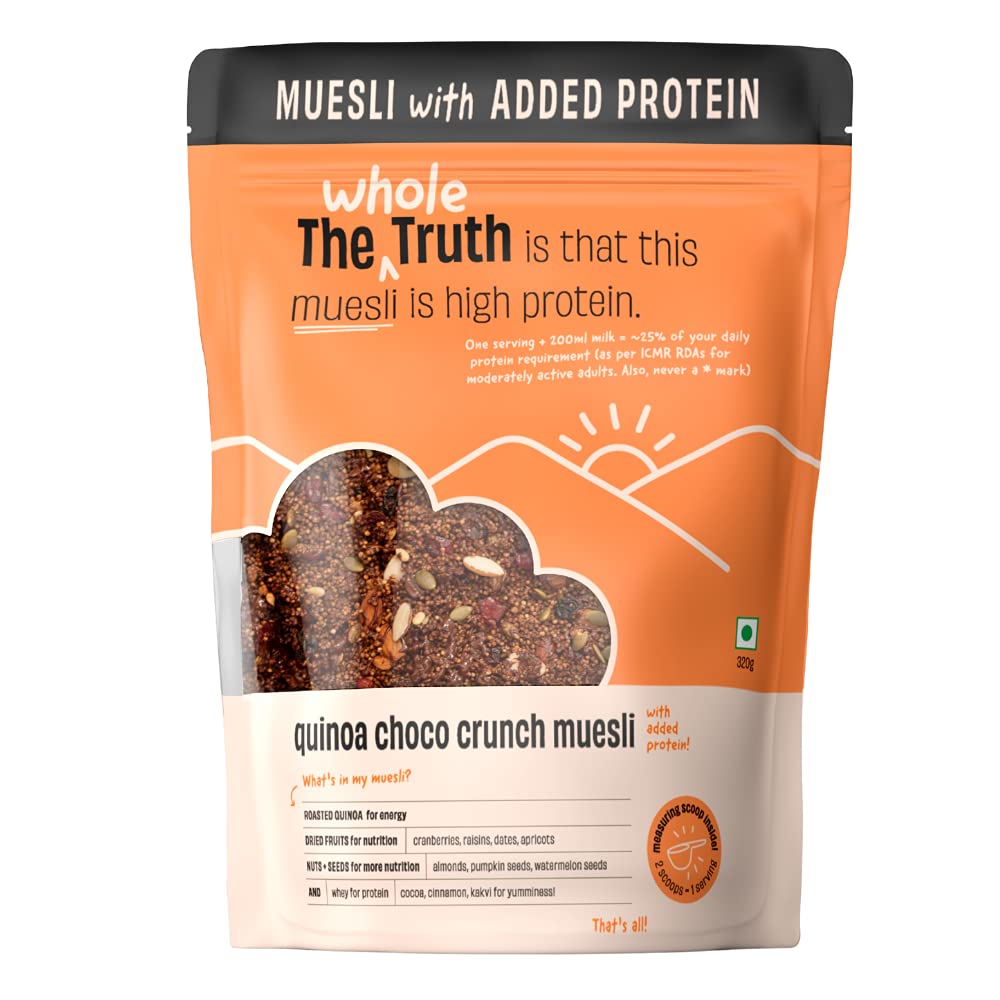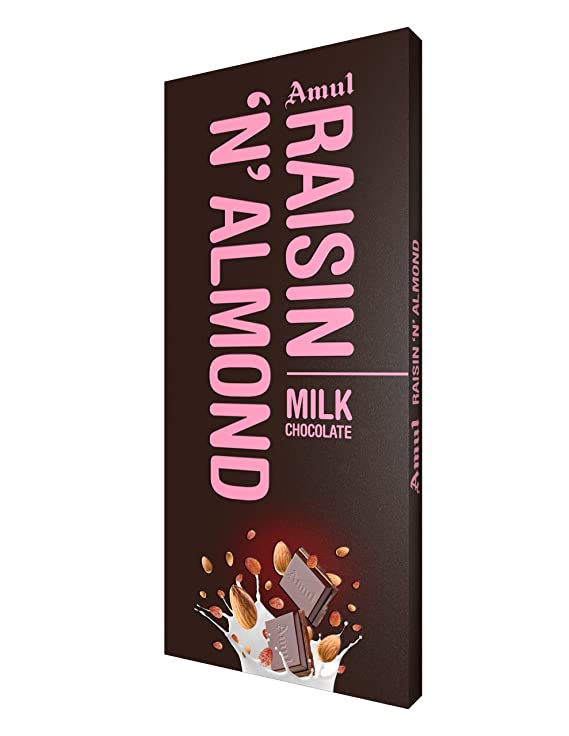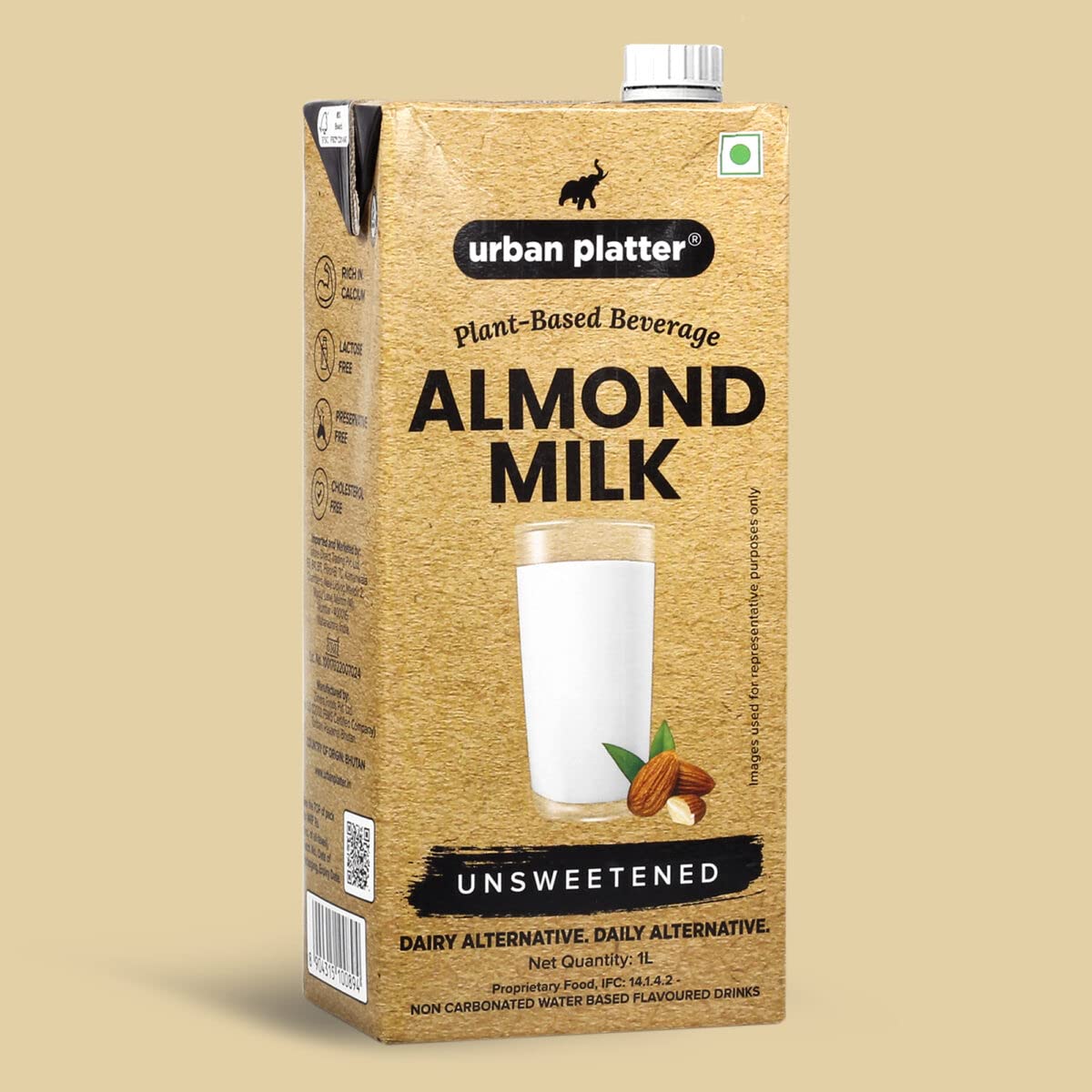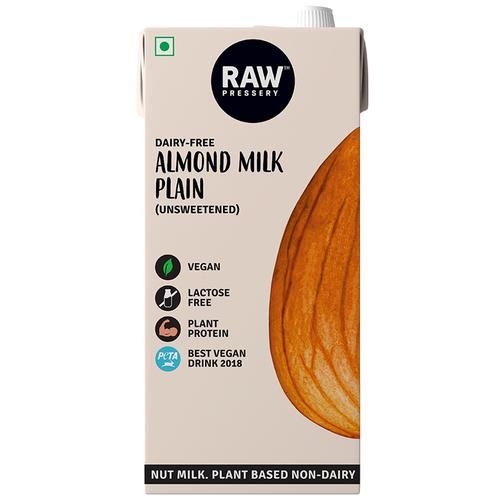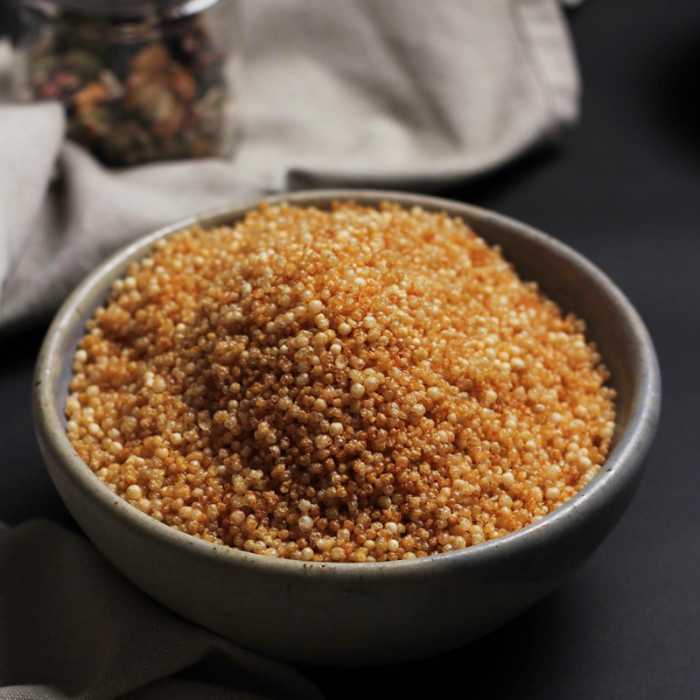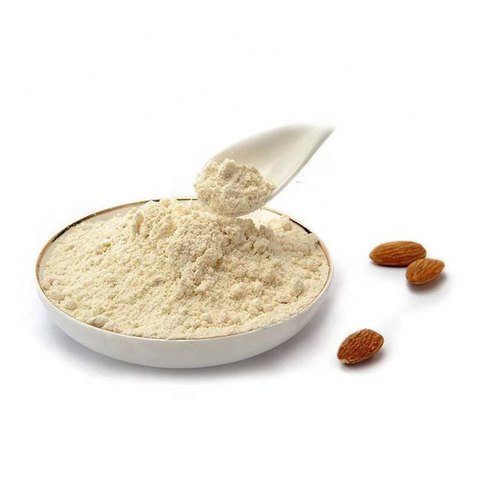Published Date January 24, 2003
List of Foods to Eat and Avoid in FODMAP
By Arpita Sudev
5 min read
Last update date: January 24, 2003
All about IBS and FODMAP.

FODMAP foods that aggravate the symptoms should be avoided to reduce or avoid related symptoms. These carbohydrates are called FODMAPs.
- Fruits such as apples, apricots, blackberries, cherries, mango, nectarines, pears, plums, and watermelon, or juice containing any of these fruits
- Canned fruit in natural fruit juice, large amounts of fruit juice or dried fruit
- Vegetables such as artichokes, asparagus, beans, cabbage, cauliflower, garlic and garlic salts, lentils, mushrooms, onions, and sugar snap or snow peas
- Dairy products such as milk, milk products, soft cheeses, yogurt, custard, and ice cream
- Wheat and rye products
- Honey and foods with high-fructose corn syrup
- Products, including candy and gum, with sweeteners ending in “–ol,” such as sorbitol, mannitol, xylitol, and maltitol
Instead, base your meals around low-FODMAP foods such as:
- Eggs and meat.
- Certain cheeses such as brie, camembert, cheddar and feta
- Lactose-free milk, rice milk and almond milk
- Grains like rice, quinoa and oats
- Vegetables like eggplant, potatoes, tomatoes, carrots, green beans, lettuce, tomato cucumbers and zucchini
- Fruits such as grapes, bananas, lemons, oranges, strawberries, blueberries and pineapple, maple syrup and lime.
- Gluten-free cereals and bread
FODMAP Diet
Many studies have shown that a low FODMAP diet led to sustained improvement in all gut symptoms.
When one says “FODMAP diet,” they usually mean a diet low in FODMAP i.e. certain sugars that may cause intestinal distress. This diet is designed to help people with irritable bowel syndrome (IBS) and/or small intestinal bacterial overgrowth (SIBO) figure out which foods are problematic and which foods reduce the symptoms. It’s a short discovery process to determine what foods are troublesome for an individual.
The best way to see if this is a problem is to eliminate high FODMAP carbohydrates from the diet (under the careful supervision of an experienced healthcare provider) for a few weeks to see if the symptoms resolve themselves. Research has found that it reduces symptoms in up to 86% of people.
There are two phases of the diet:
- The first phase is a strict “elimination diet”, which means removing foods high in FODMAP for 2-6 weeks. If you feel significantly better during that time, then some FODMAP carbohydrates may indeed affect you.
- The second phase of the diet involves re-challenging foods by type. For example, the lactose challenge involves adding back in milk, cottage cheese, and/or ice cream. If those don’t seem to cause symptoms, then you can try another challenge group. These challenges should be done one FODMAP group at a time. It can then be extended further.
It's a really good idea to work with a registered dietitian nutritionist (RDN) who has experience in working with patients in this area. Most FODMAP-trained dietitians have reported it takes an average of 2-4 weeks to see noticeable changes.
Does it really work?
A 2013 study of 90 patients with IBS who were followed for almost a year and a half showed that 75% felt improvement with those symptoms. A low FODMAP diet is effective in most people with IBS, but not all. It shows us that around 50 to 80% of sufferers will experience an improvement in their IBS symptoms during phase 1 of the diet, leaving 20-50% of people who will not respond.
References
- https://www.medicinenet.com/low_fodmap_diet_list_of_foods_to_eat_and_a void/article.htm
- https://www.beyondceliac.org/celiac-news/what-are-fodmaps-and-whats-the-connection-to-celiac-disease-and-gluten-sensitivity/#:~:text=Someone%20who%20is%20sensitive%20to,have%20issues%20with%20FODMAP%20carbohydrates
- https://www.medicinenet.com/low_fodmap_diet_list_of_foods_to_eat_and_avoid/article.htm
- https://med.virginia.edu/ginutrition/wp-content/uploads/sites/199/2014/06/Parrish_Dec_12.pdf
- https://www.monashfodmap.com/blog/when-low-fodmap-diet-doesnt-work/
Keep reading
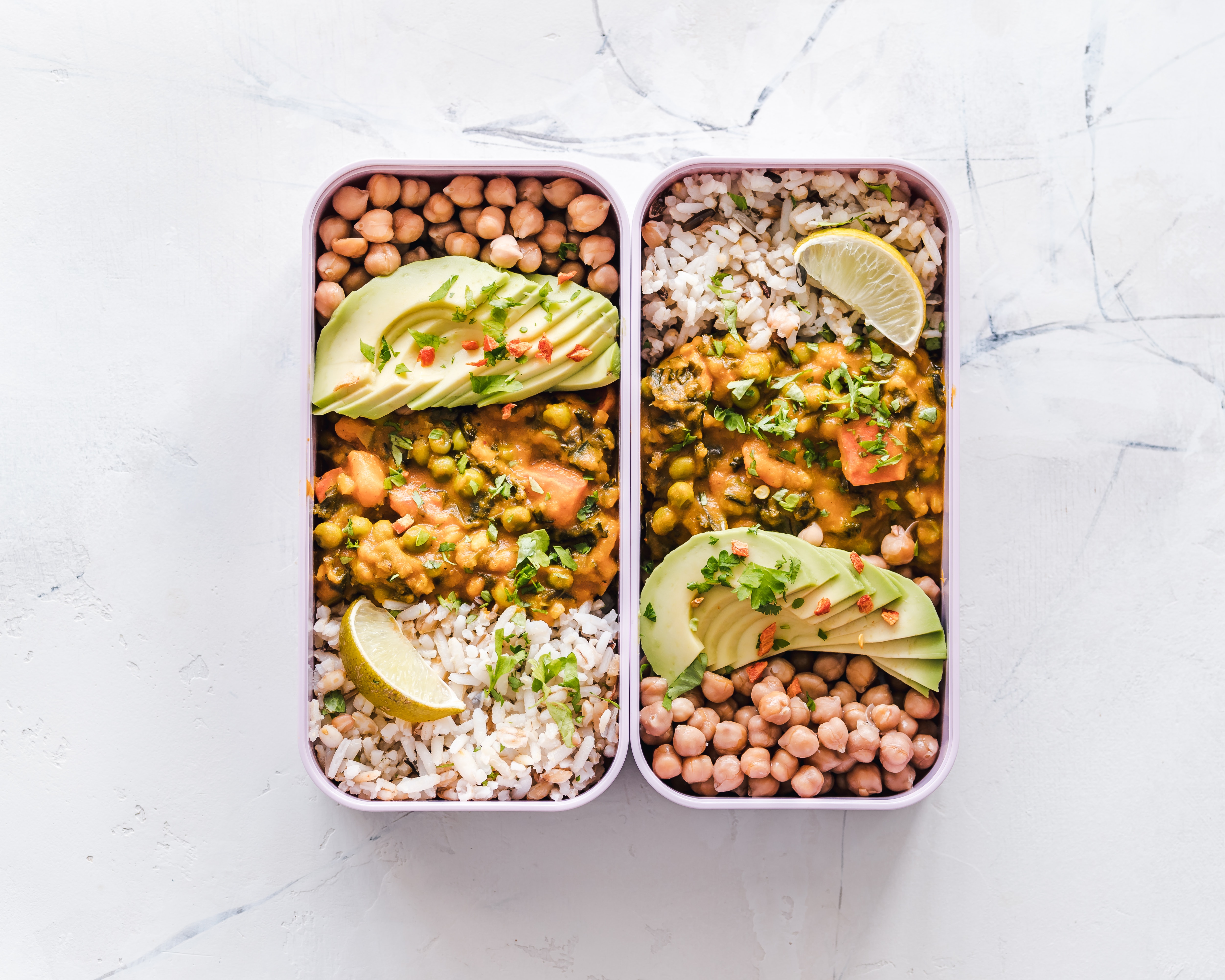
Foods Healthy Vegans Must Eat
A plant-based diet lacks quite a few essential nutrients. For a vegan to not develop a deficiency, they must ensure that they nourish themselves with available plant-based foods and fill the void left by animal-based food.
By Hetvi Shah

What to look out for in foods if you have cholesterol
All about avocados, whole grains, HDL, LDL and cholesterol
By Naurin Ansari

Eat Shakahari to Lose a Few Kilos
By Hetvi Shah

Healthy High-Fat Foods to Keep You Full and Satisfied
All about monounsaturated fats, polyunsaturated fats,omega-3 fatty acids and high-fat Foods.
By Arpita Sudev
Related Items
Choose Healthy With Us.
Know the real truth about your food. Stay informed and healthy, for free.

Download the App Now
Certified nutritionists trust our food recommendations. Safe to say, so can you :)






